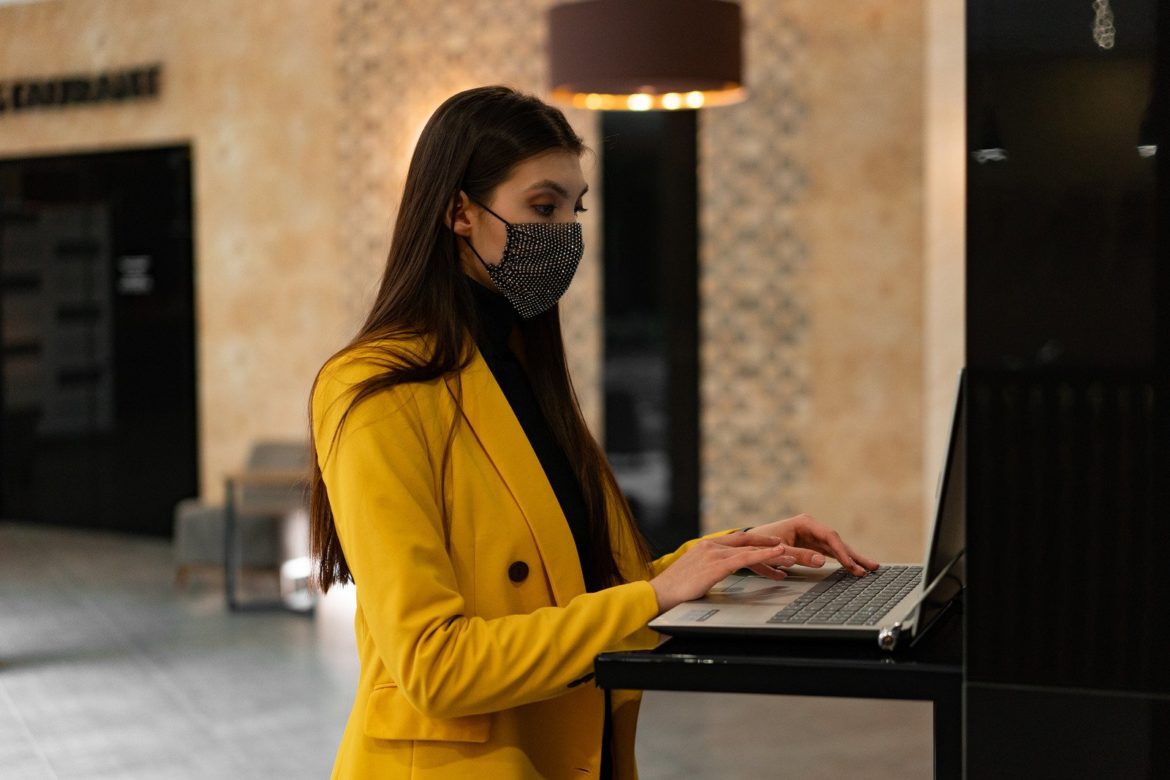|
Getting your Trinity Audio player ready...
|
Key optimizations in normal times would take a minimum of six months
More than one year after the COVID-19 outbreak, global studies of its impact on media business are starting to be published. The newest Resilience Report 2020 from The European Journalism Centre (EJC) is based on interviews with members of fact-checking, local and investigative news outlets from all over Europe. The strategies the EJC suggests publishers employ to adapt to fast-changing environments:
- Be audience-focused, not audience-led
- Invest in providing credible and trustworthy news
- Believe in fast changes
We have reviewed the European media market trends described by EJC in detail, and here are the main takeaways:
#1 The speed of business model changing was incredibly high, but financial challenges are far from over
According to the Reuters Institute Digital News Report 2020, the advertising revenue of some media decreased up to 50%, many news organizations have laid off staff and reduced the print run, resigned from it, or closed completely. To survive, some publishers developed new revenue models in the first few months of the pandemic.
The most popular among these discovered by the EJC publishers throughout their interviews were one-off or monthly donations and paid membership schemes. However, according to Reuters, reader payment alternatives are likely to benefit a relatively small number of highly trusted national titles or smaller niche media brands. Local media will need support from government and technology companies, which threatens their own independence.
As stated by the EJC, these types of initiatives would take 6-12 months to implement and even longer in normal conditions. Interviewed publishers admitted that managing the membership or subscription journey, pricing optimization, communication testing, and budget reviewing took the most time. Some media relied on donation platforms like Patreon
and Steady for a head start. The advantages of using the tools mentioned by these interviewees are as follows: a quick launch with minimal effort, data on users activity and conversions. For example, the creator’s dashboard on Patreon allows not only to set the financial goals and observe real-time state changes for any pledges from the patrons but shows the following metrics as well: patron retention, engagement of the patrons and non-patron viewers to your content.
The EJC recommended focusing on operational support instead of restricted project funding, as well as working with foundations, CSR programs, for-profit investors, and other companies via community campaigns and affiliate revenue, for example. Supporting the overlooked by the funds media outlets or market-related organizations is also worth including into strategy.
#2 Publishers step up for boosting the audience engagement
In 2020 publishers worked both on new methods of engaging readers and measuring the effectiveness of these actions. The EJC discussed a number of activities that assist in examining audience engagement and uncovering reader’s needs. These include surveys, newsletters, webinars, focus groups, online events, and crowdsourced investigations. Media organizations also started to ask readers directly about content they’re ready to pay for. For example, Are We Europe magazine from Belgium sent out two surveys, containing questions “why do you subscribe to Are We Europe magazine?” and “what do you want out of an Are We Europe membership?” before tailoring the membership program. Furthermore, EJC recommended digging deep into audience data, product thinking, and UX.
You can read about metrics predicting which readers will pay for news on The Fix as well. When it comes to engaging content formats, Reuters Report highlighted the growing importance of podcasts and newsletters. However, except for the openness to the readers, there are 3 more ways to generate engagement: encouraging e-commerce, highlighting non-COVID content, and providing users with explainers, summaries, fact-checks, Q&As or live blogs.
#3 Public service journalism is rising up and shedding light on the problems of minorities
In addition to the frequent use of explainers and Q&As about the COVID-19 and vaccines, publishers interviewed by the EJC made free-to-read concrete pieces or translated them into different languages to share information with as many people as possible. Readers of some Spanish and Lithuanian outlets donated or even paid higher membership fees, appreciating the newsroom’s work.
More and more investigative materials about contracts for medical supplies, the misuse of emergency government powers, and the government threatening media, which were covering elections or national protests at the same period. According to the EJC Report, this was especially noticeable in Eastern Europe.
The Fix wrote earlier this year about the Russian Meduza and Belarusian cases. Apart from politics, the business model of the media played a special role in the development of investigative journalism. Organizations that don’t rely on ad revenue told the EJC that donations and grants allowed them to take risks and cover stories ignored by mainstream media issues. The statements show that these risks largely paid off with increases in traffic, reader engagement, and revenue.
Some of these underreported stories included coverage of underrepresented groups such as non-binary people or people of color, domestic violence victims, single mothers, LGBTQIA+ people, migrants, or refugees that pandemic has hit even more drastically. Stories of these people, promoting campaigns to support them, and providing them with the necessary information about the coronavirus increased reader engagement and fulfilled a unique mission.
This piece was originally published in The Fix and is re-published with permission. The Fix is a solutions-oriented publication focusing on the European media scene. Subscribe to its weekly newsletter here.


